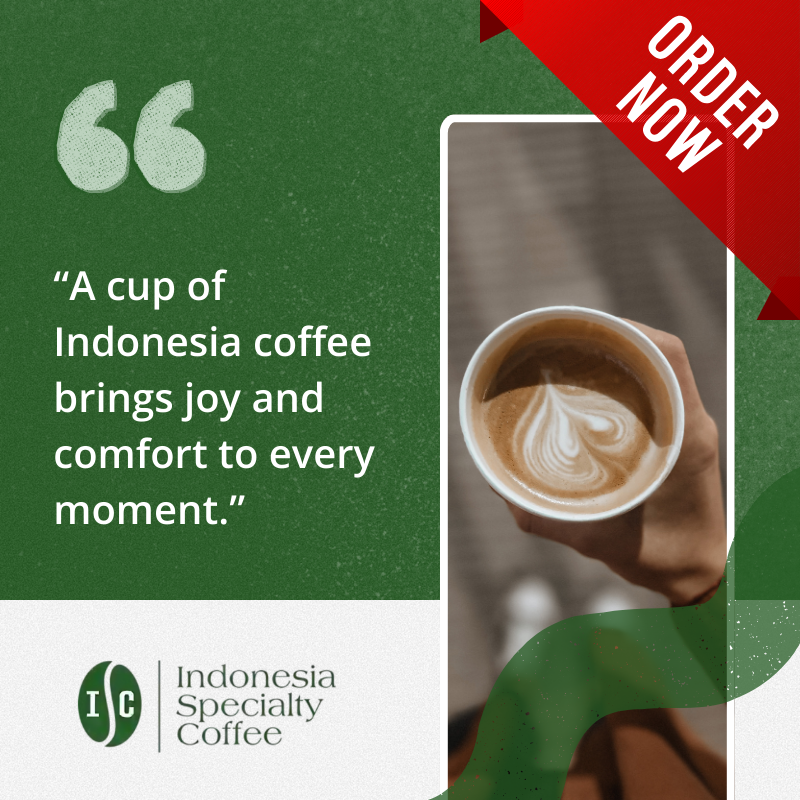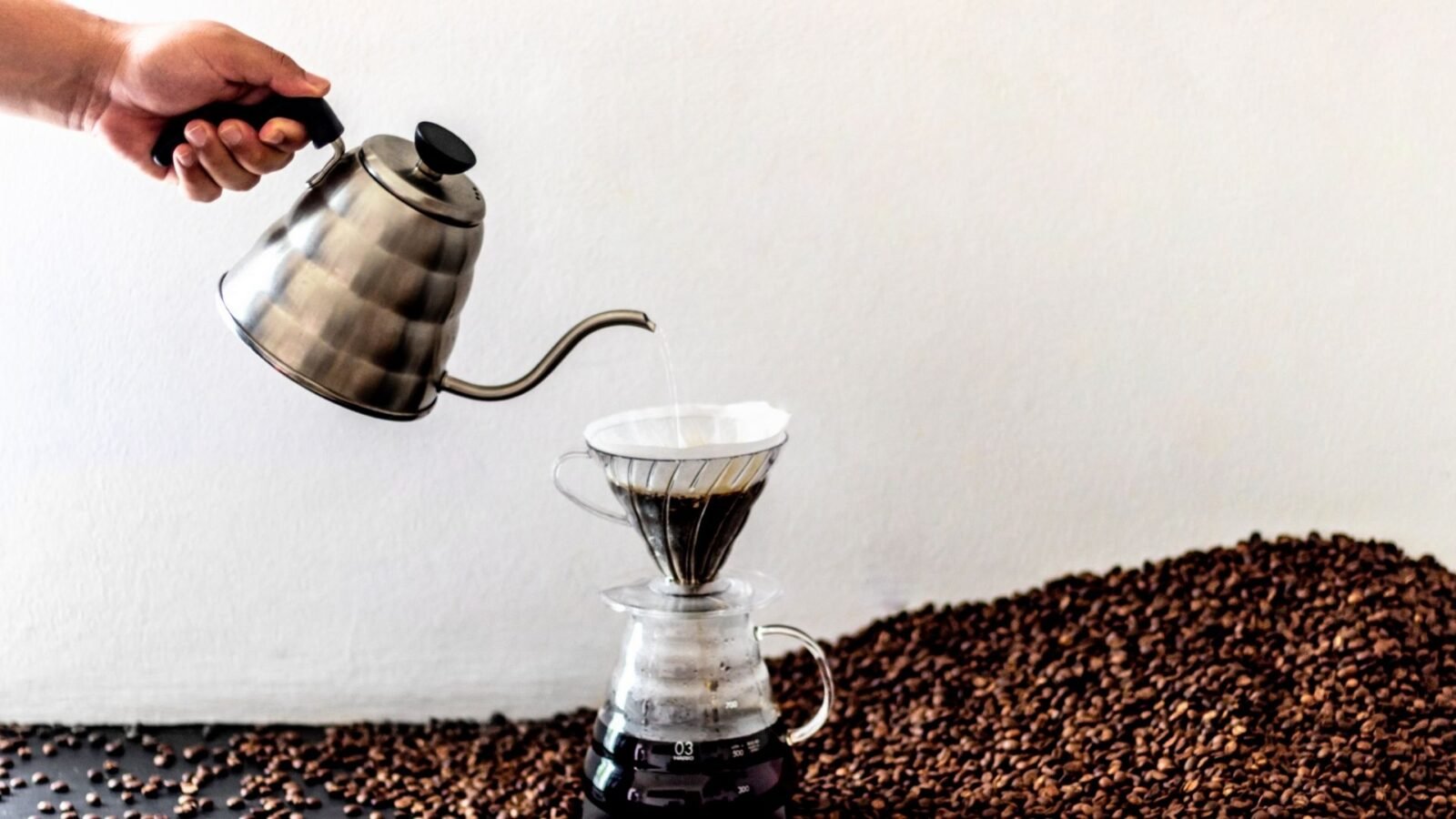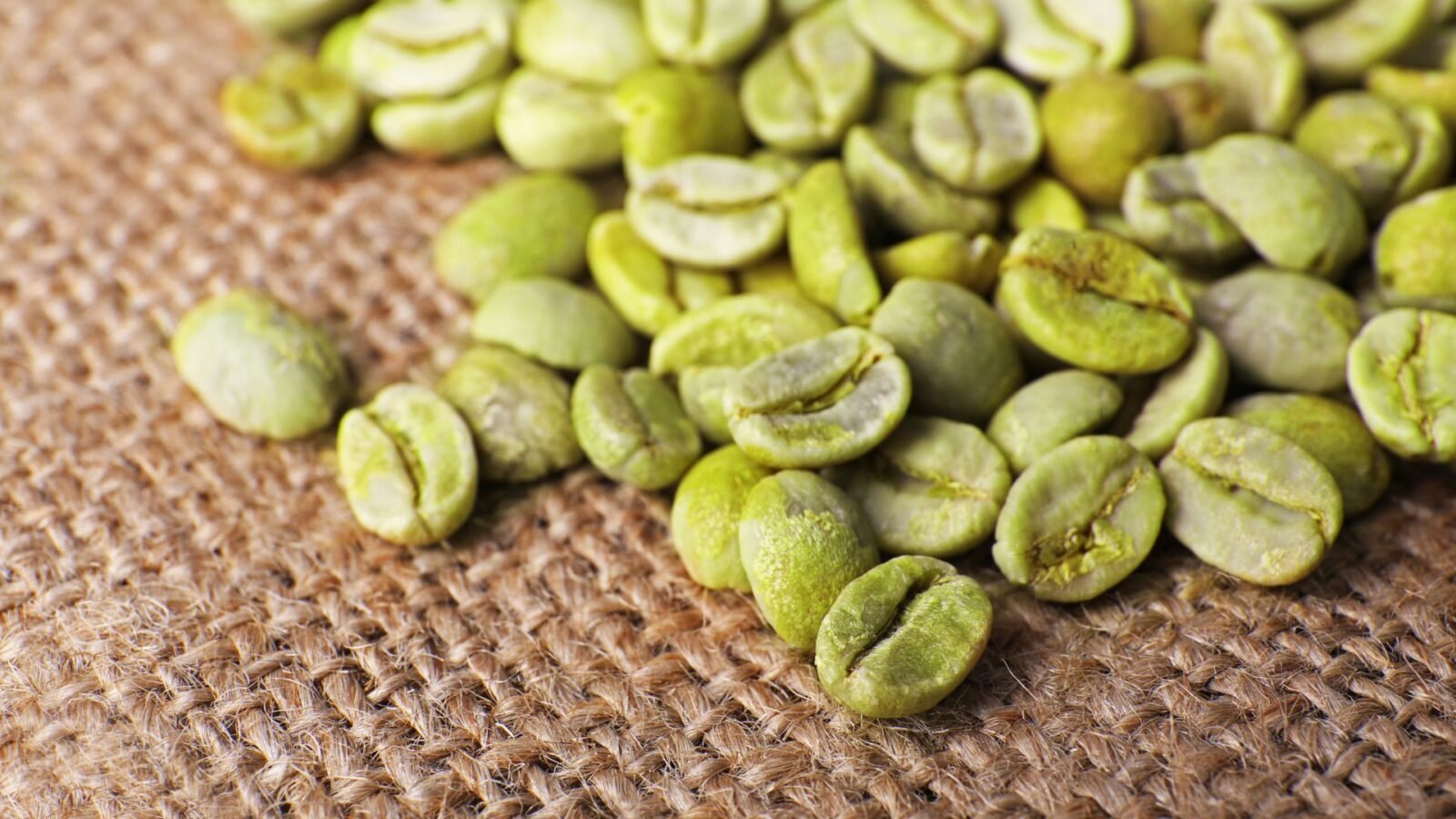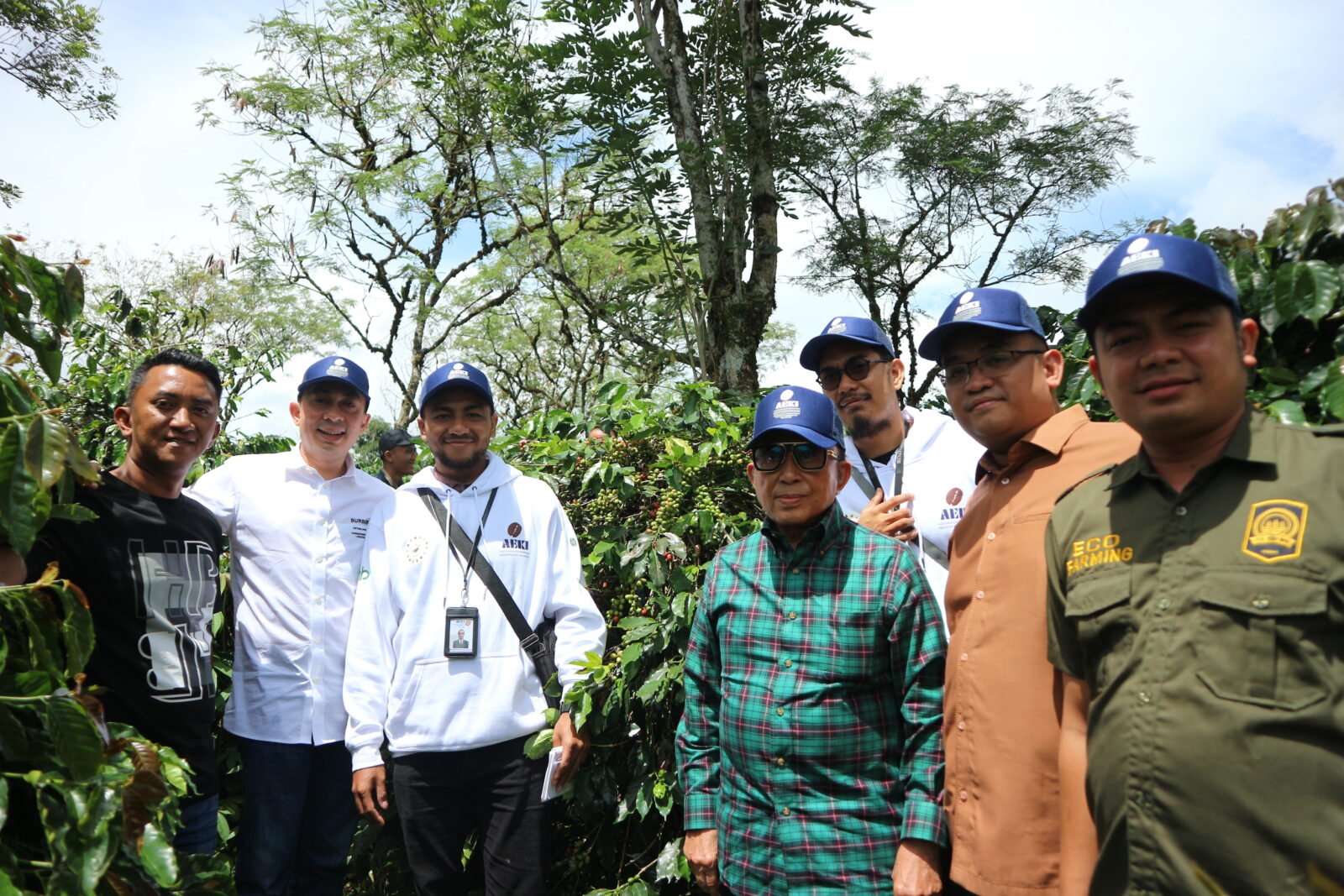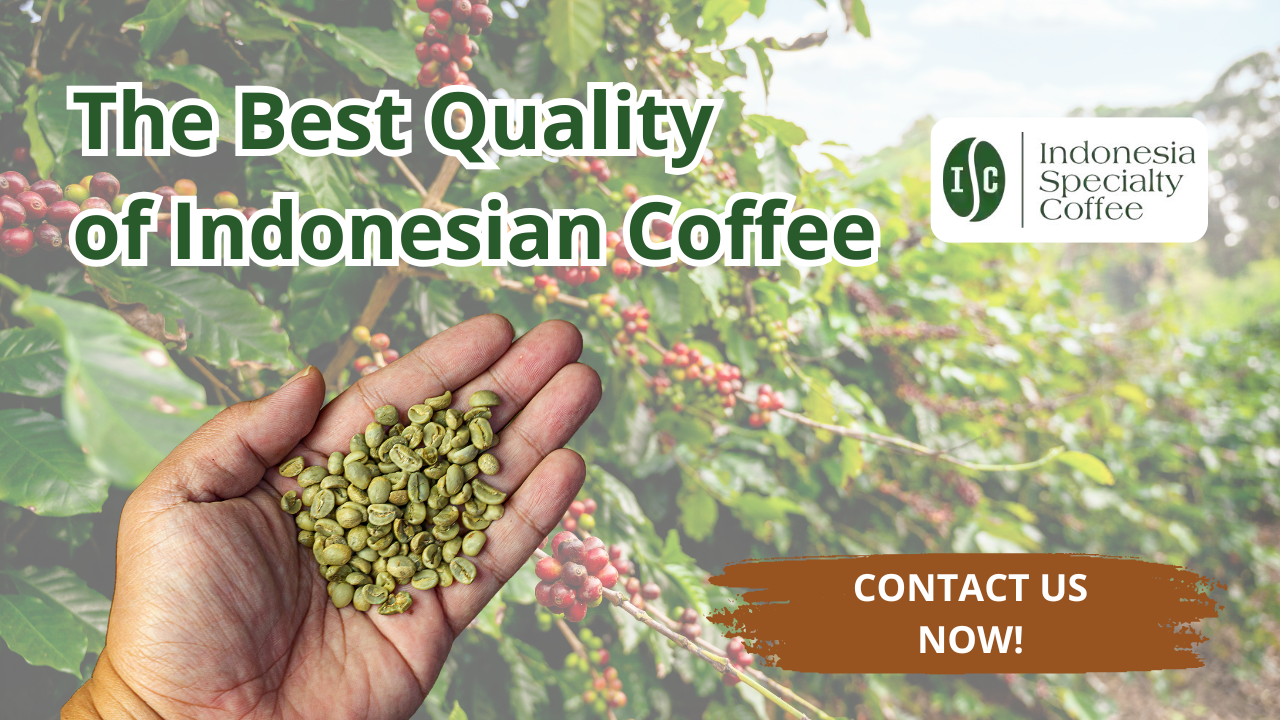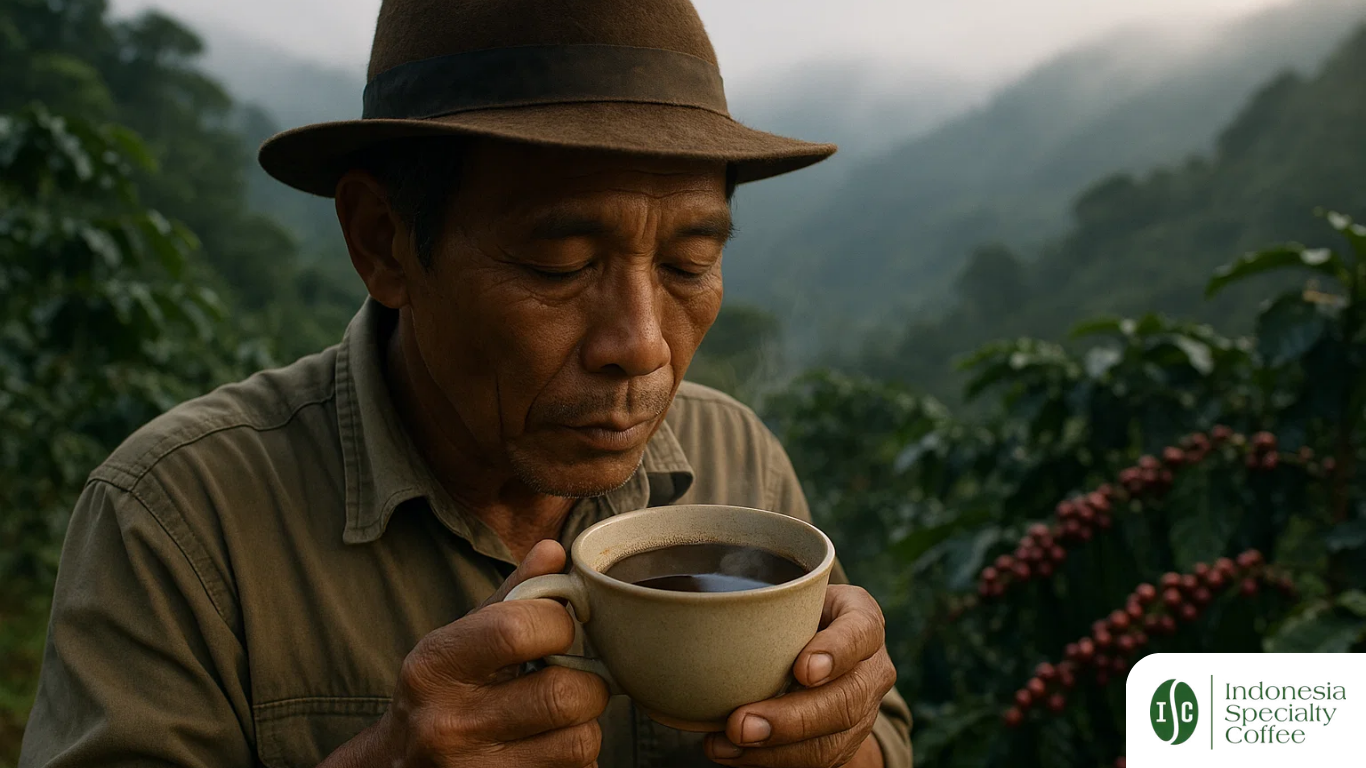I. Introducing Kopi Batak
Indonesia is one of the world’s largest coffee producers, and among its many regional specialties, Kopi Batak (Batak Coffee) holds a special place. Grown in the rugged highlands of North Sumatra near Lake Toba, Kopi Batak is more than just coffee — it represents generations of tradition, cultural pride, and a distinctive taste that has captivated coffee enthusiasts globally.
II. Geographical and Cultural Background
The Batak Highlands around Lake Toba offer rich volcanic soil, high altitudes ranging from 1,000 to 1,600 meters, and a tropical climate ideal for coffee cultivation. Coffee farming is deeply embedded in the Batak people’s way of life. Traditionally, coffee is intercropped with other crops like chili and corn, ensuring biodiversity and soil health. Beyond agriculture, coffee often serves as a central element in Batak social gatherings and ceremonies, symbolizing hospitality and kinship.
III. Kopi Batak Varieties and Flavor Profiles
Lintong Coffee
- Origin: Lintong Nihuta, Humbang Hasundutan.
- Flavor: Earthy, herbal, cedar, chocolate, with spicy undertones. Medium to full body with low acidity.
- Unique Note: Lintong coffees are often sun-dried on raised beds, a rare practice in Sumatra, giving them cleaner cup profiles.
Mandheling Coffee
- Origin: Broadly from North Sumatra’s Batak regions, traded under the Mandheling name.
- Flavor: Full-bodied, smooth texture, earthy richness, chocolatey sweetness, and low acidity.
- Unique Note: Originally, “Mandheling” was a trader’s mistake; it was meant to reference the Mandailing ethnic group, though most producers are Batak.
Sidikalang Coffee
- Origin: Sidikalang, Dairi.
- Flavor: Rich chocolate notes, heavy body, with a brighter acidity compared to other Sumatran coffees.
- Unique Note: Sidikalang’s cooler temperatures allow beans to mature slower, concentrating sugars and flavors more intensely.
Additional Varieties: Siborong-Borong, Dolok Sanggul, Simalungun
- Origin: Various sub-regions of Tapanuli.
- Flavor: Herbal, sometimes slightly fruity or floral with the traditional full-bodied Sumatran base.
- Unique Note: Some smallholder farmers here practice semi-organic farming, using traditional compost from buffalo manure.
IV. Coffee Varietals and Processing Techniques
Kopi Batak is primarily made from Arabica varietals such as Typica, Catimor, and the locally developed Sigarar Utang, known for its high yield and disease resistance.
The traditional wet-hulling method (吉灵巴萨) used in the Batak region gives the coffee its signature heavy body and muted acidity. After pulping, the beans are partially dried and then hulled while still wet, leading to a unique flavor profile and the distinctive bluish-green color of Sumatra’s green beans. Unlike fully washed coffees, wet-hulled coffees often retain more earthy, spicy, and complex tones.
Interestingly, in some parts of Batak land, local farmers use bamboo racks to dry coffee cherries before wet-hulling, a rare traditional method that imparts subtle woody nuances to the final cup.
V. How to Select and Enjoy Kopi Batak
When buying Kopi Batak, it’s important to choose beans that specify their origin — Lintong, Mandheling, or Sidikalang — as each region offers subtle differences.
To enjoy Kopi Batak at its best:
- Store beans in airtight containers in a cool, dry place, away from light and strong odors.
- Brew using methods that highlight its full body and earthy complexity, such as French press, espresso, or manual pour-over.
- Food pairings: Dark chocolate, cinnamon pastries, or even spicy Indonesian dishes enhance the deep flavors of Kopi Batak.
VI. Conclusion
Kopi Batak is a coffee of character and soul — shaped by the volcanic soils, the traditions of the Batak people, and unique post-harvest techniques. Each cup carries layers of flavor and history, making it one of Indonesia’s true specialty coffee treasures. Whether you’re a seasoned enthusiast or new to Indonesian coffees, Kopi Batak offers an experience worth savoring and exploring.


